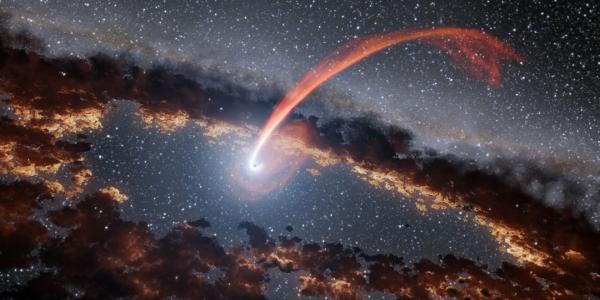Astrophysics Seminar with Kelebogile Gasealahwe on Neutron Star X-Ray Binaries with MeerKAT
Kelebogile Gasealahwe (Hosted by Krawczynski/Errando) from University of Cape Town, South African Astronomical Observatory will be presenting the seminar "Neutron Star X-ray Binaries with MeerKAT: The Outbursts of AMXP SAX J1808.4–3658 and Circinus X-1"
X-ray binaries (XRBs) comprise of compact objects, black hole (BH) or a neutron star (NS), and a companion (donor) star. Depending on the mass of the companion, the XRB is classified as low-mass (Mdonor < 1 Msun) or high-mass (Mdonor > ~ 8Msun). SAX J1808.4–3658 is a low-mass neutron star XRB, the first accreting millisecond pulsar (AMXP) known. The pulsar was confirmed with the detection of 401 Hz pulsations in 1998 from the Rossi X-ray Timing Explorer (RXTE) after the discovery of the x-ray source with the BeppoSAX satellite in 1996. Discovered in 1971 as a BH XRB, Circinus X-1 was later discovered to have type I X-ray bursts in 1985, indicating a NS primary, confirmed by the RXTE detection of bursts in 2010. Circinus X-1 has an extensive jet powered nebula surrounding it and goes into regular outbursts occurring every 16.6 days. In 2019 SAX J1808.4–3658 underwent an outburst which was monitored with Swift and observed with MeerKAT at 1.28 GHz as part of the ThunderKAT Large Survey Programme. Recently Circinus X-1, under the same programme, was observed for 34 daily epochs during the August and early September 2021 outbursts. In this talk I will report on the results of the campaigns, where I will show the flux variability during the outbursts and discuss the location of SAX J1808.4-3658 in the radio/X-ray plane.


